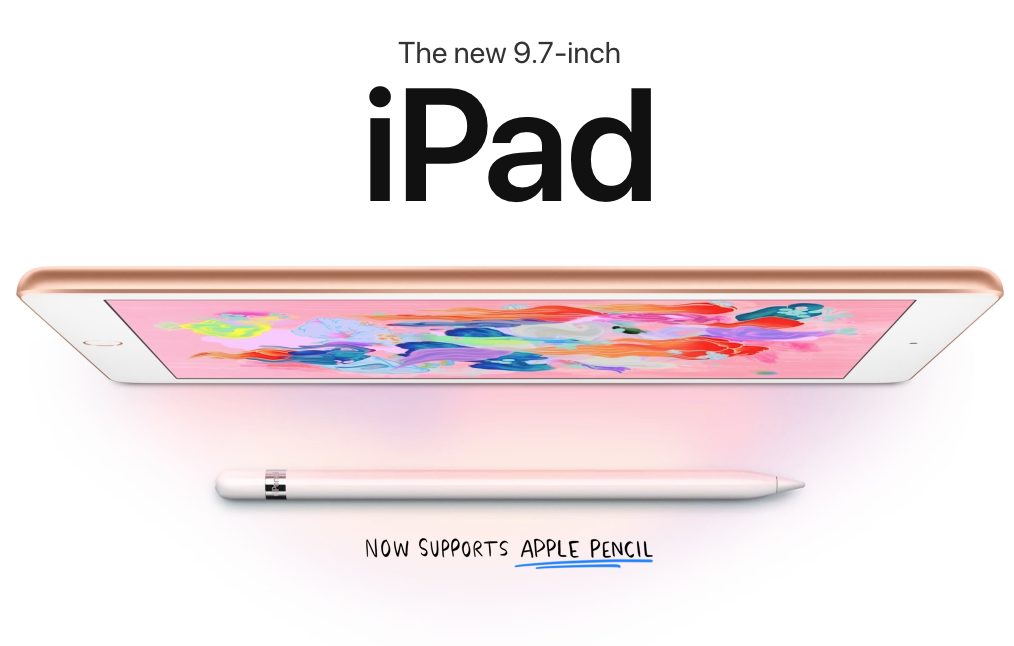Customer Spotlight: Team uses Limnu to collaborate on image processing algorithms

Jacob Norda is the founder of Cedar Lake Ventures, building tools that enable people to quickly create professional images at a low-cost. Jacob collaborates with his business partner, James Diebel, on a daily basis to define and develop these algorithms. Since they live 2000 miles apart they use Limnu whiteboards to help facilitate these discussions.
“Oh oh, it’s magic!”
What does Cedar Lake Ventures have in common with the 1980s band The Cars? They both use the word Magic in their products. However, that’s where the similarity ends. For where The Cars’ music video, "Magic", fails in visual effects (the lead singer clearly is not walking on water), Cedar Lake Ventures’ websites, Clipping Magic and Vector Magic, make up for it with their use of computer vision technology.
Vector Magic was the first website that Jacob and James launched. What began as a Stanford University artificial intelligence research project turned into a full time venture. Vector Magic enables you to quickly convert a bitmap image into a vector image. Bitmap images (JPG, PNG, GIFs) are made up of tiny pixels of color. Since there is a set number of pixels in an image there is a maximum size the image can be before it becomes blurry.
|
Jacob Norda |
||||||||||
 |
||||||||||
|
Vector images use mathematical statements to form lines and shapes in a given space. Therefore, the mathematical equation recalculates the shapes and lines to properly fit any space no matter how big. Changing a bitmap into vectors ensures images, such as logos, are crisp and high quality regardless of where it’s printed, e.g. on a billboard or embroidered on a hat.
After Vector Magic, the team developed Clipping Magic. This web-based tool enables you to quickly remove an image’s background. This is extremely useful for creating professional pictures for catalogues, online ecommerce, marketing material, or presentations. Simply upload an image, and with a few mouse strokes identify the foreground vs. the background.
I gave Clipping Magic a try and found it very easy to use. The screenshot at the top of this blog post shows how I removed the background of an image in the tool. I then used the new image to create the ad to the right. It’s great to be able to make a mockup in a couple of minutes from start to finish.

Similar to Vector Magic, Clipping Magic uses image processing algorithms and computer vision technology to scan the image, analyze it, and instantly display the results next to the original image. The algorithms even deal with pesky fly away hairs so people and animals appear more natural in the clipped image.
Too bad The Cars didn’t have Clipping Magic or Vector Magic back in 1984…
What’s your vector, Victor?
Designing and developing complicated algorithms that analyze and alter an image is extremely challenging. Explaining those algorithms to colleagues can be difficult when they are in the same room. Trying to explain them to someone in a different location can resemble the takeoff scene in the 1980’s slapstick movie Airplane (yes, another 80s reference).
“There are facets of image processing algorithms that are impossible to explain using only words.” Jacob said when asked why he uses Limnu. “You simply have to draw details of images to explain how the algorithm works and explore those ideas together. When we were in the same location we used a physical whiteboard. When we were no longer in the same location we needed to find an alternative solution.”
Jacob’s team tried other online whiteboard tools before switching to Limnu. For a while they used a competitor’s online whiteboard until the company introduced significant lag. “I can not express the amount of frustration we had with that,” said Jacob. “I work in real-time with my business partner so it’s important that whatever I draw he sees it right away. If he doesn’t then it’s no longer about collaboration.”
The team decided to switch to Limnu because it renders drawings quickly, enabling the real-time collaboration they require.
Jacob and his team use iPads with stylus pens to collaborate on Limnu whiteboards. He specifically likes using Limnu’s pen tool at the finest setting. One feature improvement he requested is to remember the last pen tool, size and color from session to session.
The second feature Jacob requested is for Limnu to detect when a stylus is used during a session and turn on hand rejection. This would ensure accidental palm or finger screen touches don’t interfere with the drawing experience.
Both these features are great suggestions especially since we’ve seen an increase in usage of tablets with styluses. This is likely due to the declining costs of tablets and styluses. For example, the new iPad is only $329 and supports the iPencil. We’ll keep you posted on when these features will be available.

Thank you Jacob for taking the time to discuss your company and how you use Limnu.



